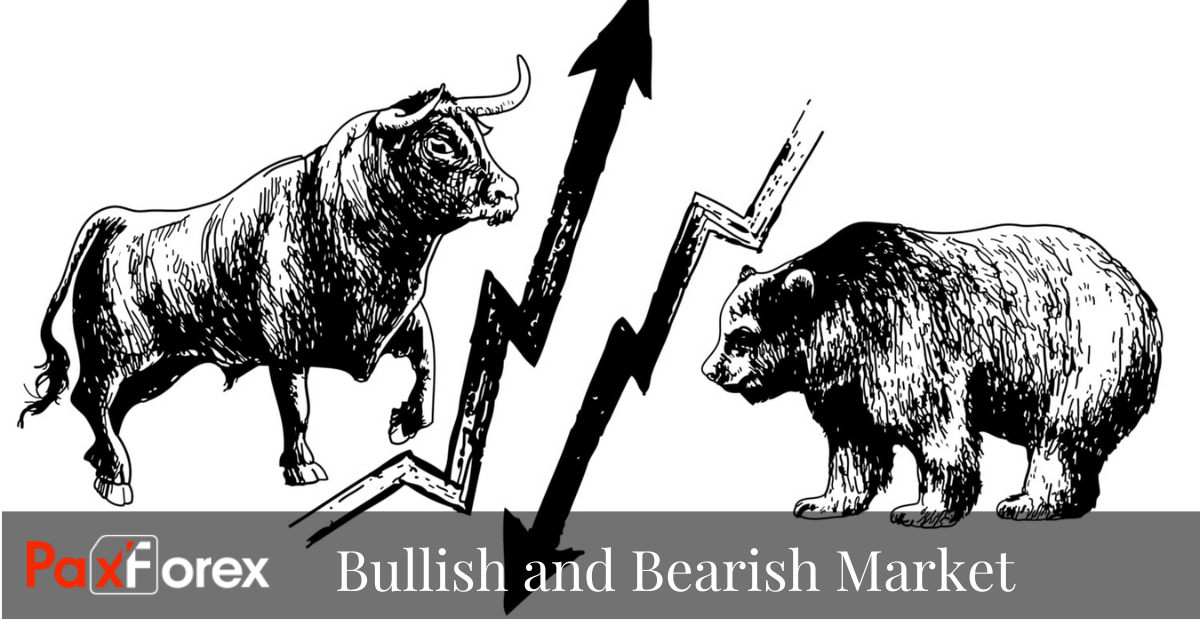
Almost every day in the investing world people hear the terms "bull" and "bear" to describe market conditions. As common as these terms are defining and understanding what they mean is not so easy. Because the direction of the market is a major force affecting your portfolio, it's important you know exactly what the terms bull and bear market actually signify, how they are characterized and how each affects you.
The terms bull market and bear market describe upward and downward market trends, respectively, and can be used to describe either the market as a whole or specific sectors and securities. They are very important terms and are used in nearly all types of trading, from currencies to stocks. Traders can take advantage of both bullish and bearish markets if they have sufficient knowledge of the market conditions that are associated with these cycles.
In its most basic sense, a bull market describes an upward trend among a specific market or group of securities that is rising in value or is expected to rise in value in the future. References to bull markets are usually used when discussing stocks, but the term also applies to all other asset classes and categories (forex, commodities, bonds, etc.) as long as prices are seen gaining in value. Bull markets are usually preceded by general optimism, upbeat expectations and investor confidence.
In the most basic terms, "bear market" refers to a sharp decline in market prices. The term "bear market" is not only used in the forex market, but is also used to describe similar conditions in the stock and bonds markets. In most cases, bear market conditions result in a widespread sentiment of pessimism among investors, because falling prices often equate to decreased investment returns. Still, there are cases in which investors can capitalize on bear markets and make income, despite the falling prices and pervading negative sentiments.
There is no sure way to predict market trends, so investors should invest their money based on the quality of the investments. At the same time, however, you should have an understanding of long-term market trends from a historical perspective. Because both bear and bull markets will have a large influence over your investments, do take the time to determine what the market is doing when you are making an investment decision.







